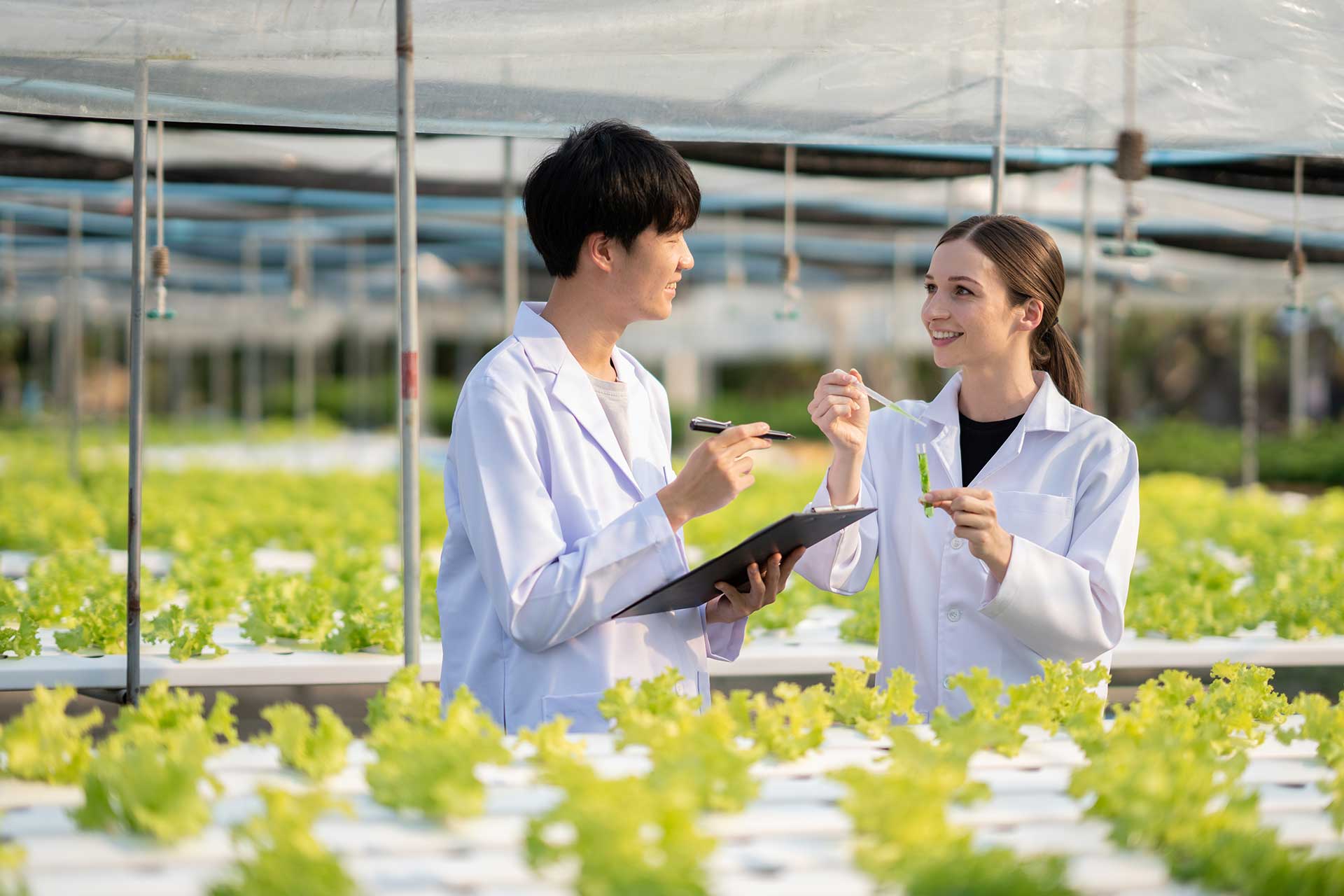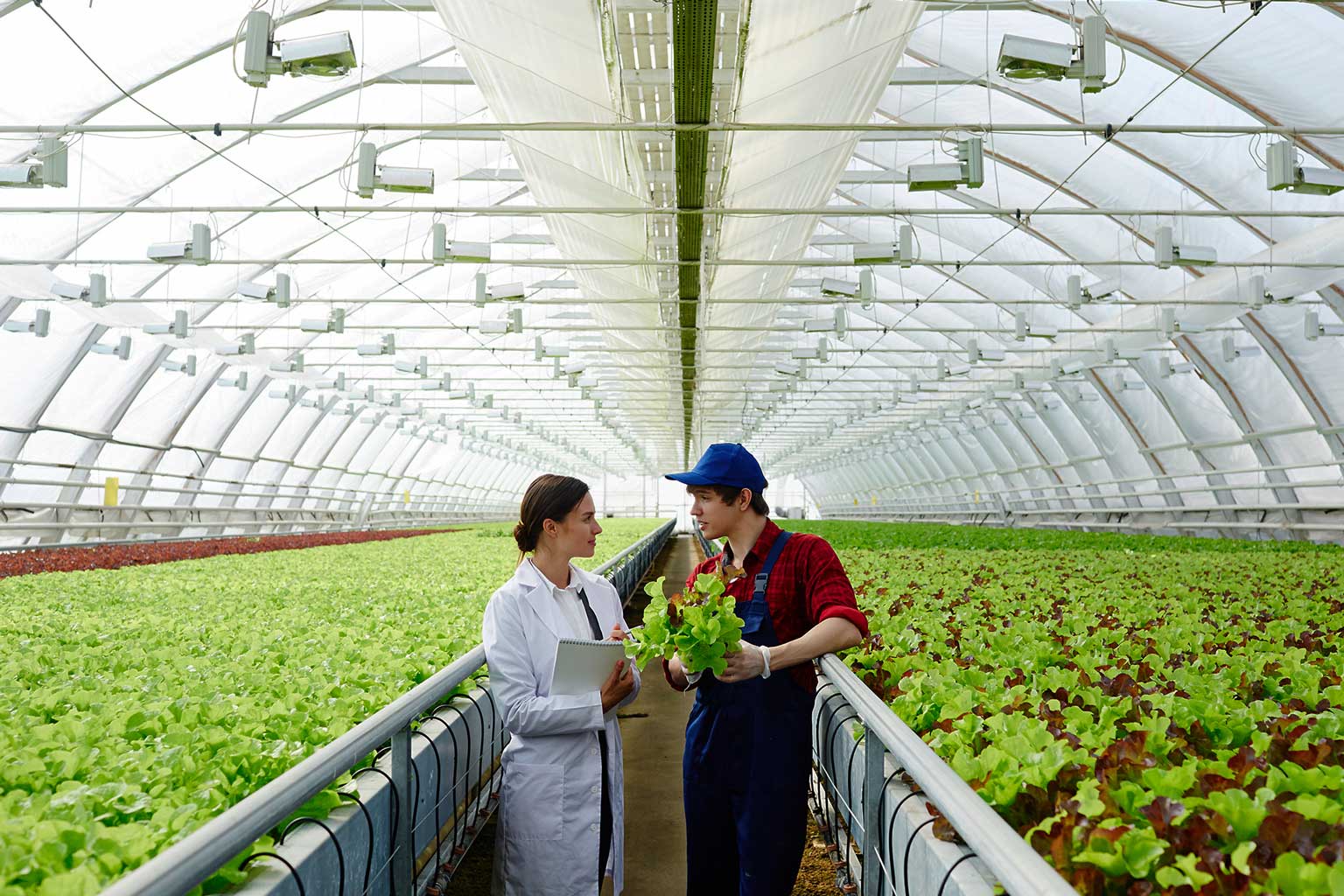Security and climate adaptation
- Security and climate adaptation
- Homepage
Food Security and Climate Change Adaptation: The Role of Aquaponics


The Challenges of Conventional Agriculture in a Changing Climate
Food security is becoming an increasingly critical issue as climate change threatens traditional agricultural systems. Rising global temperatures, unpredictable weather patterns, and extreme climate events such as droughts and floods are disrupting food production worldwide. According to the Food and Agriculture Organization (FAO), agricultural productivity could decline by up to 30% by 2050 due to climate-related factors. Conventional farming relies heavily on soil-based cultivation, which is vulnerable to erosion, water scarcity, and temperature fluctuations. Additionally, traditional agricultural methods contribute significantly to greenhouse gas emissions, water pollution, and deforestation, further exacerbating climate change.
Aquaponics as a Climate-Resilient Farming Solution
Aquaponic farming provides a sustainable alternative that can enhance food security and support climate change adaptation. Unlike conventional farming, aquaponics operates in a controlled environment, making it resistant to extreme weather conditions. This closed-loop system combines fish farming (aquaculture) with plant cultivation (hydroponics), creating a self-sustaining ecosystem that minimizes resource use and environmental impact.
Aquaponic systems can be established in urban areas, greenhouses, or even arid regions where traditional agriculture is impractical. Because they require up to 90% less water than conventional farming, aquaponic farms are an effective solution for regions facing water shortages. Furthermore, they eliminate the need for synthetic fertilizers and pesticides, reducing pollution and dependence on non-renewable resources.
Key Differences Between Conventional and Aquaponic Farming in Climate Adaptation

The Future of Food Security in a Changing Climate
With the global population expected to reach 9.7 billion by 2050, securing sustainable food sources is more crucial than ever. Climate change will continue to disrupt conventional agriculture, making innovative solutions like aquaponics essential for future food security. Governments, researchers, and private enterprises are increasingly investing in aquaponic technologies to enhance resilience against climate threats.
Aquaponic systems not only provide reliable food production but also contribute to climate change mitigation by reducing environmental degradation. As awareness grows and technology advances, aquaponics has the potential to become a mainstream food production method, ensuring access to fresh, nutritious food even in the face of a changing climate.
Conclusion
Food security and climate change adaptation are among the greatest challenges of our time. While conventional agriculture struggles with climate-induced risks, aquaponic farming offers a sustainable, resource-efficient solution. By reducing water usage, eliminating chemical dependency, and providing climate resilience, aquaponics represents a promising pathway toward a more secure and sustainable food future.
